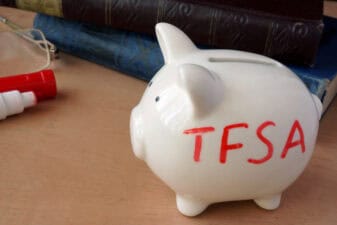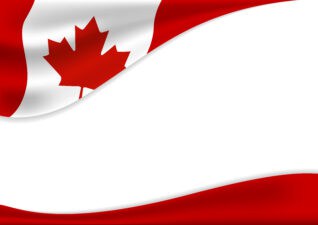In 2009, the Canadian government revealed a new tax-free account for investors. Called the Tax-Free Savings Account (TFSA), it allowed investors to hold securities tax-free. In some ways, it was similar to the existing RRSP, allowing tax-free compounding. Unlike the RRSP, however, the TFSA allowed tax-free withdrawals.
This feature made the TFSA into a popular retirement savings vehicle. In 2016, the TFSA eclipsed the RRSP, with $55 billion in contributions to the former and only $42 billion to the latter. Reportedly, many of those contributing to TFSAs are retirees who think the account is better than their RRSP.
In fact, the TFSA has many benefits for retirees. The lack of withdrawal penalties being just one among many. With as little as $6,000 — the amount of contribution room added this year — you can get started on a TFSA portfolio that pays for up to a decade of retirement. Here’s how.
Step one: Fully invest your $6,000 contribution
According to Benefits Canada, the average Canadian retiree has $2,611 in monthly living expenses. That adds up to $31,322 per year. Using these numbers, 10 years of retirement would require $313,220 in savings — assuming no inflation and no pension money. In reality, there would be inflation, and you would likely get CPP. But we’ll stick with this number for simplicity’s sake.
To grow $6,000 into $312,320 would be a tall order. At a 6% annual return, it would take 30 years to turn $6,000 into $34,000. That’s only one-tenth of the way there. However, it’s a good start. So, your first step in starting to pay for a decade of retirement is to invest your $6,000 into safe investments that could return 6% or more.
If you’re not sure where to start, index ETFs like the iShares S&P/TSX Capped Composite Index Fund (TSX:XIC) are good options. They offer high dividend income, low fees, and typically return 5-10% a year if you include dividend payouts. That’s enough to get a start on your retirement savings. Once you’ve got that down, we can move on to step two.
Step two: Add to your positions
As shown above, you can turn $6,000 into $34,000 over 30 years with pretty modest return expectations. That’s a solid enough result, but it only gets you to one-tenth of where you need to be. To get all the way there, you need to add to your positions incrementally each year. Take the same $6,000 you invested in year one, and invest the same amount again in year two, year three, etc.
If you chose an index fund like XIC, you could simply keep adding to it. Or, if you wanted more diversification, you could buy more funds, stocks or GICs — the sky is the limit. Ideally, you’d have more than one fund in your portfolio to reduce risk. After you’ve rounded out the Canadian portion of your portfolio, you might want to look into U.S. funds, as they have better annualized returns.
Step three: Wait and watch
Once you’ve invested your $6,000 in a TFSA and committed to repeating the process once a year, all that’s left to do is wait. You shouldn’t have to worry about whether you’ll get enough contribution room in future years, since the TFSA has $69,500 in cumulative contribution space in 2020. If you were 18 or older in 2009, you’re entitled to all that space from the get go. This makes the TFSA a great place to start investing and saving for retirement.








